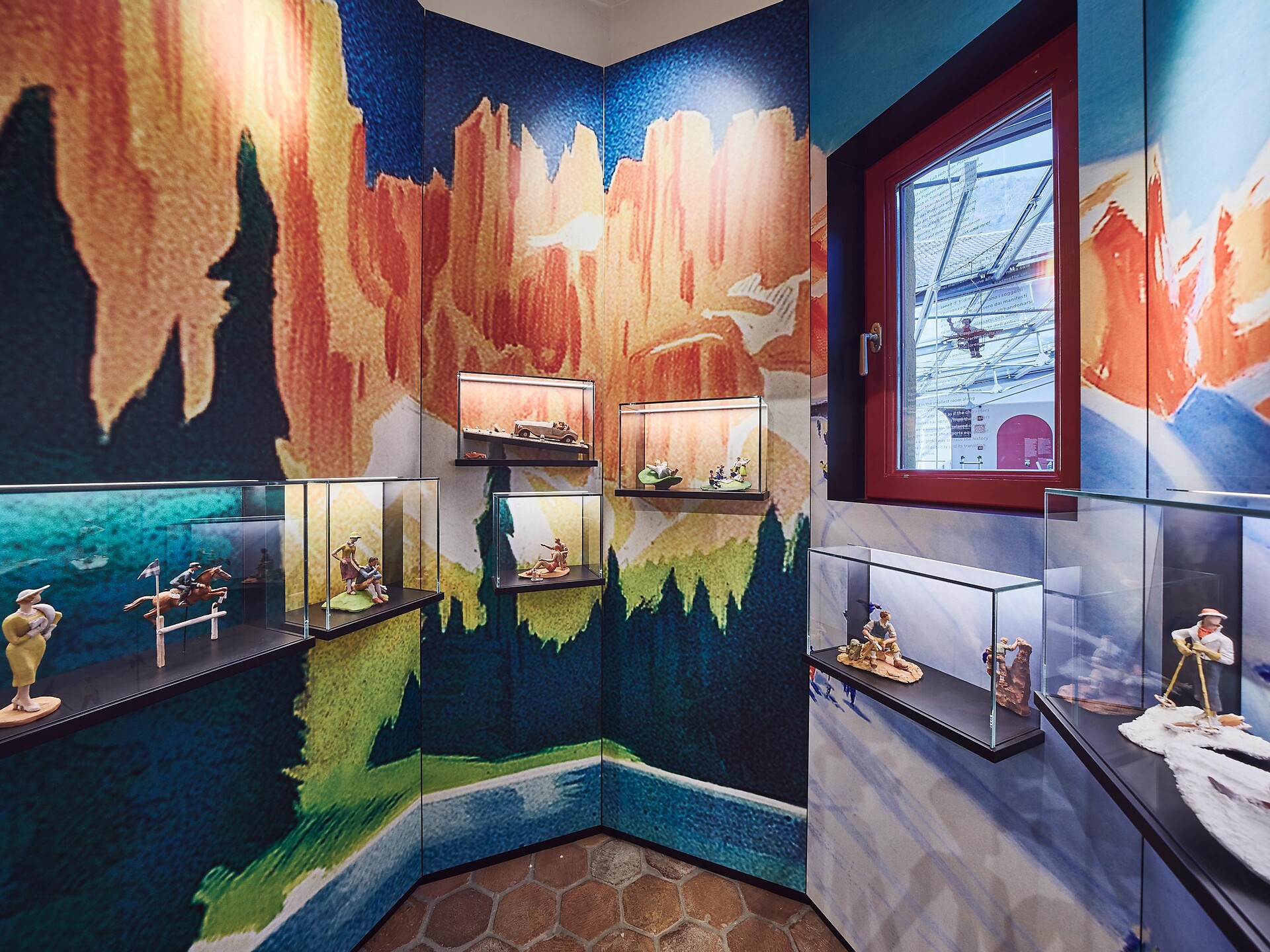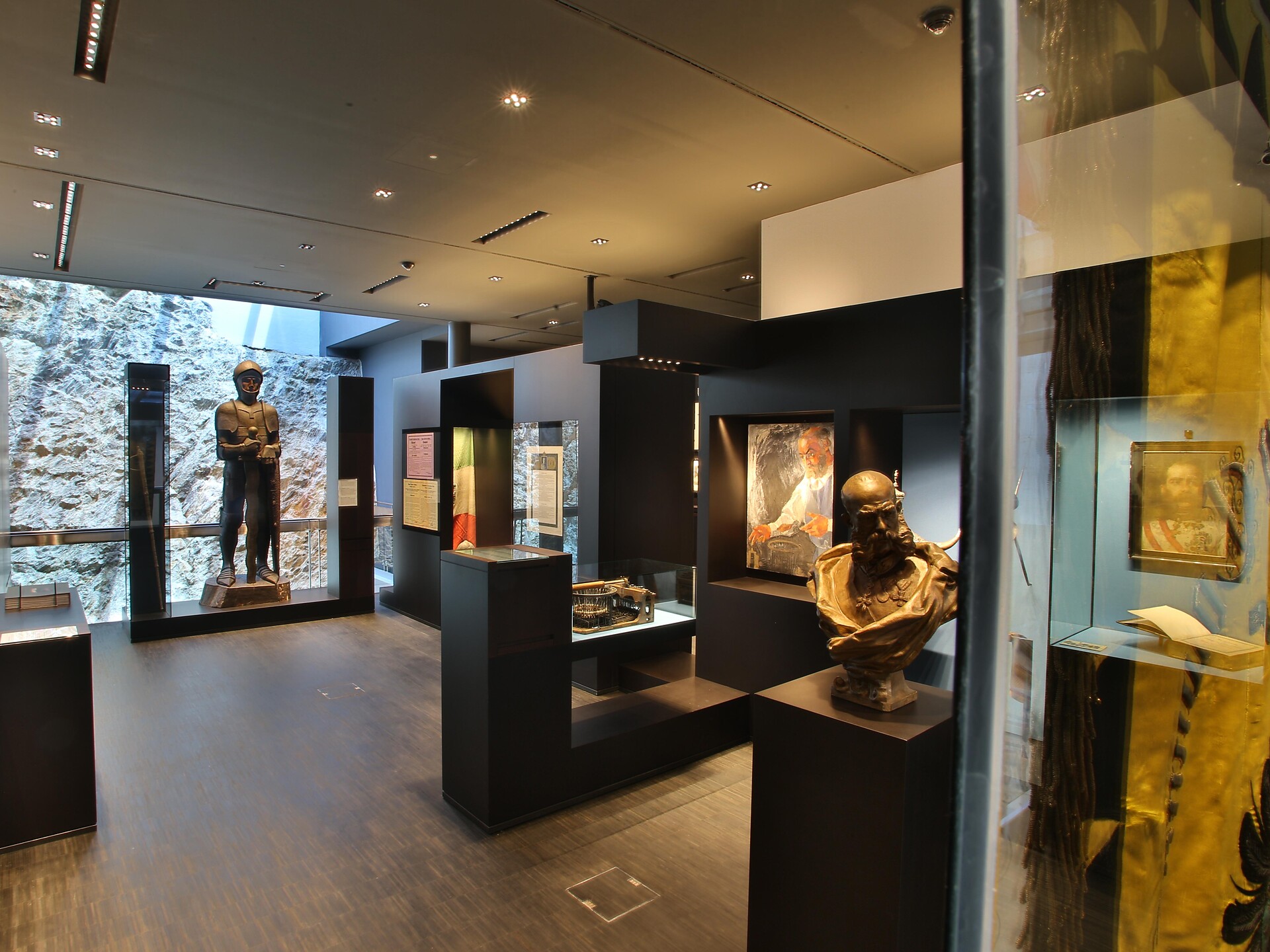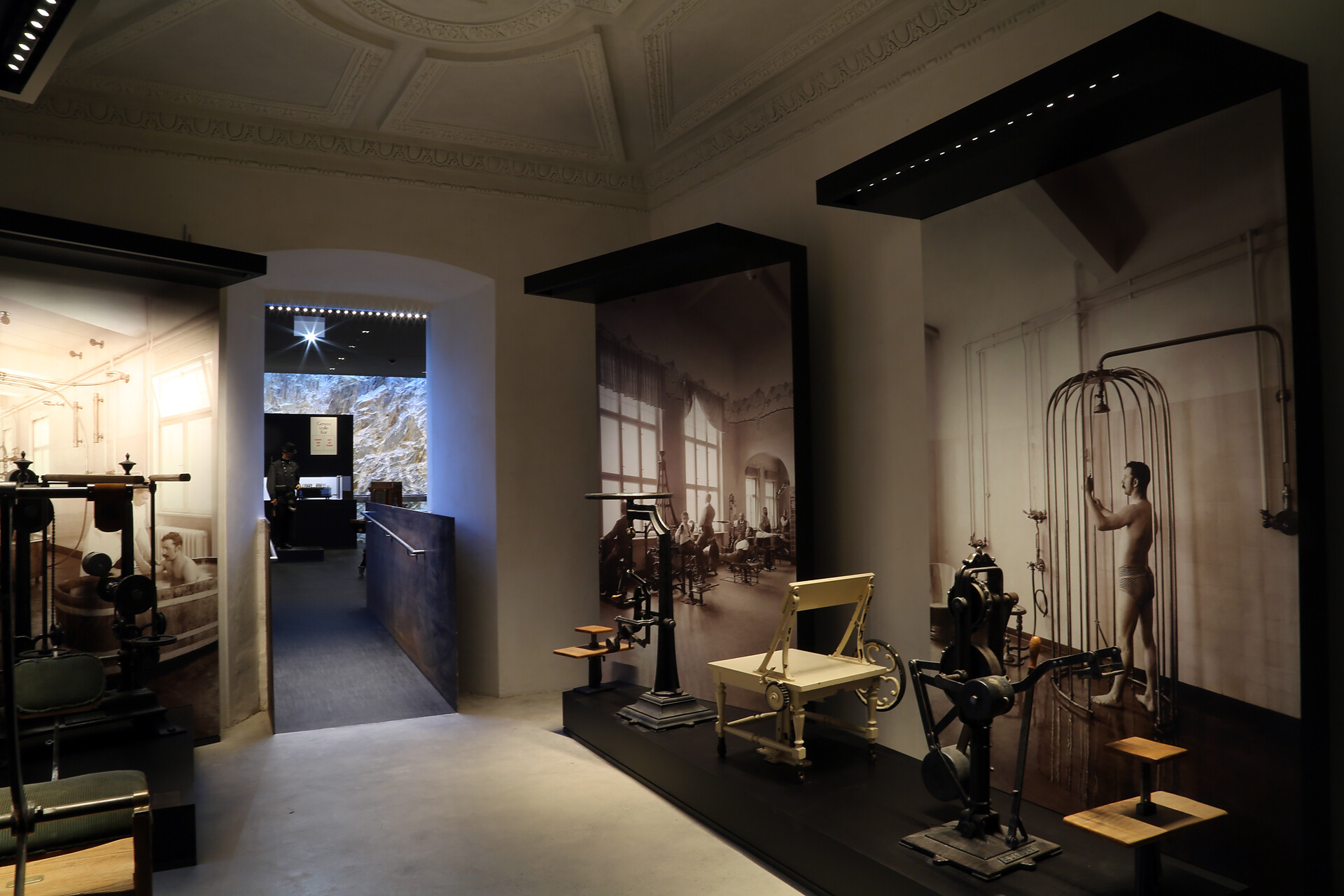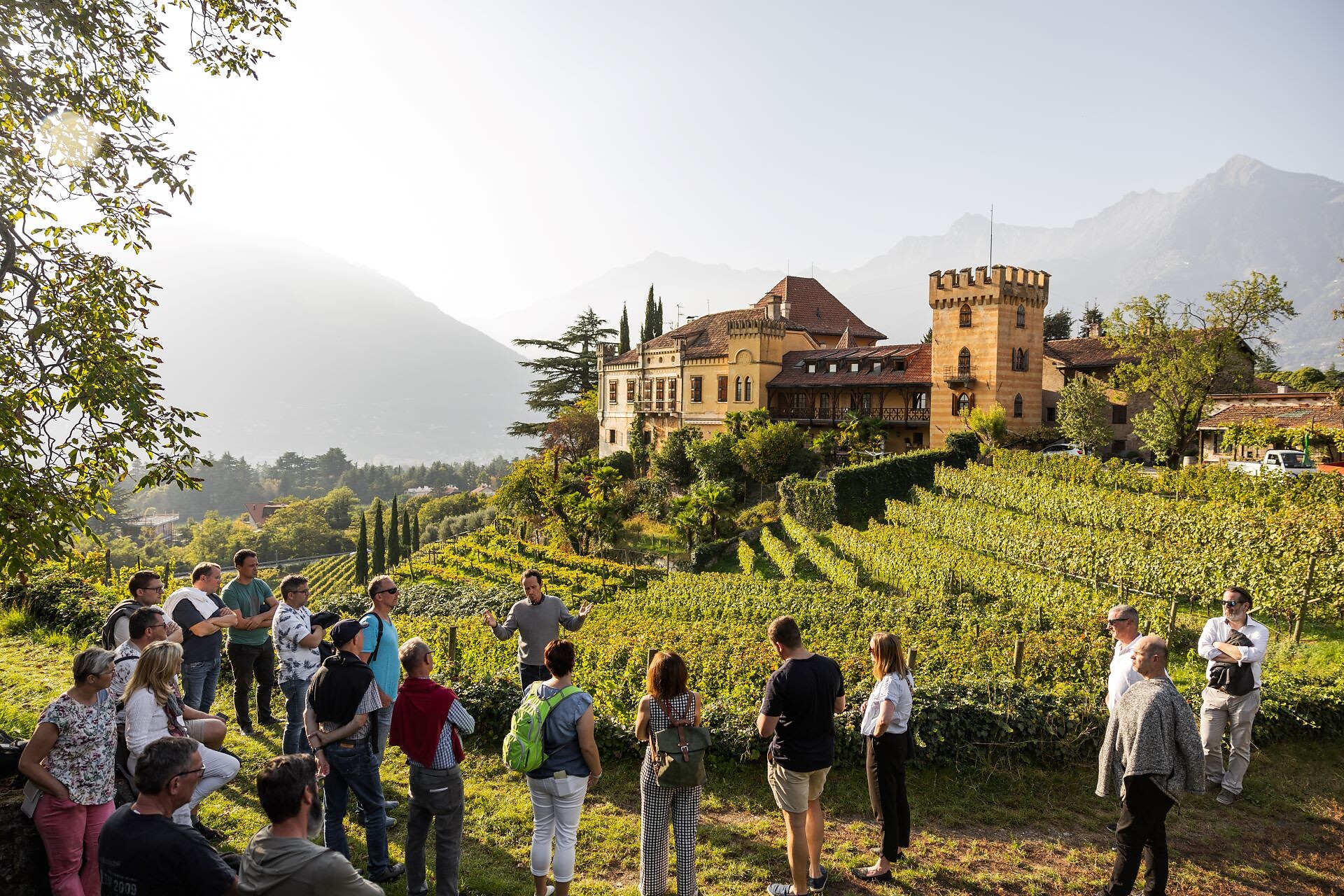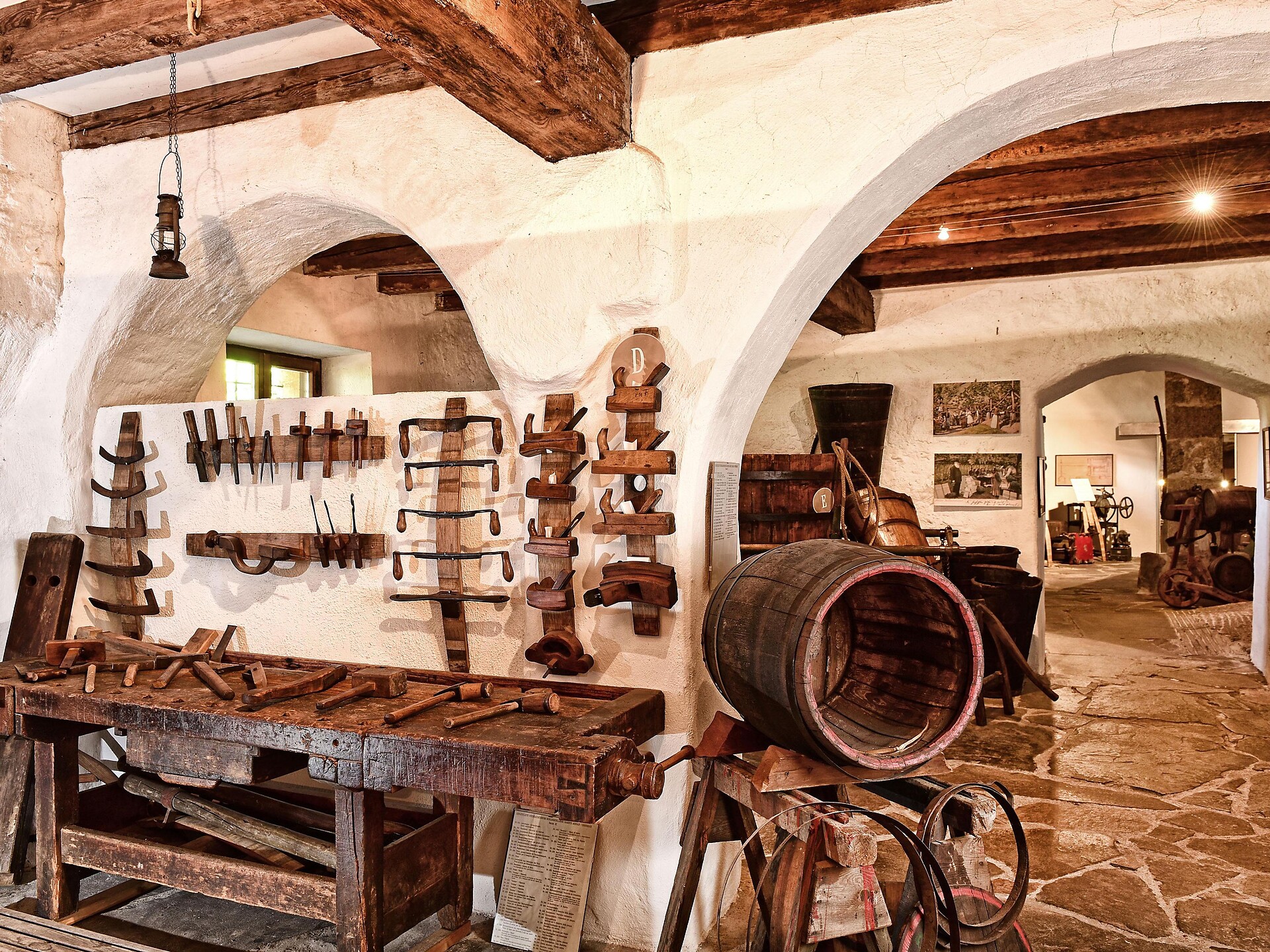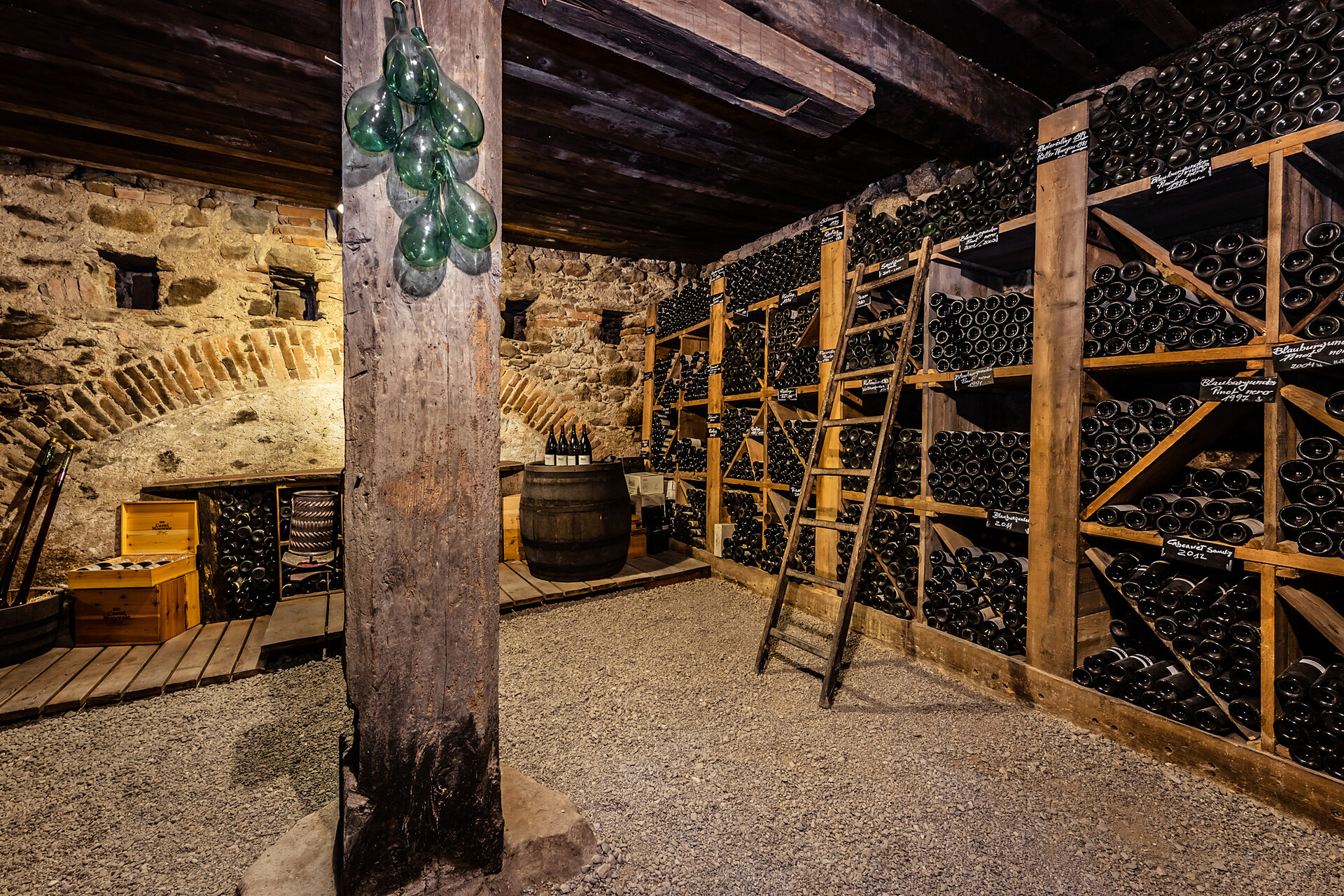The Touriseum – South Tyrol Museum for Tourism – takes visitors on a captivating journey through the evolution of holidaymaking in the Alps. Housed in Trauttmansdorff Castle, once the retreat of Empress Elisabeth of Austria, the museum has been inspiring curious minds since its opening in 2003. Spanning 20 imaginatively designed themed rooms, the exhibition explores how South Tyrol transformed from a remote mountain landscape into a cosmopolitan destination of global appeal.
From the very first step inside, it becomes clear: this is no conventional museum. The Touriseum invites guests to play, discover, and reflect – through life-size stage sets, hands-on displays, and clever storytelling. One moment you’re navigating a coach through a dramatic gorge, the next you’re checking into a grand hotel or accompanying a 1950s family on holiday. Highlights include vintage travel posters by celebrated Merano artist Franz Lenhart – graphic testimonies to the art of seduction in early tourism marketing.
History here is not just told – it is experienced. The second floor is home to the Sissi Rooms, where original furnishings and personal touches evoke the spa routines of Empress Elisabeth, who helped put Merano on the map as an elite resort in the 19th century. Throughout the museum, interactive multimedia stations offer the voices of locals and visitors, each adding their own perspective to South Tyrol’s cultural transformation.
A special feature of the Touriseum is its multilingual approach: all exhibitions are presented in German and Italian, with increasing content available in English – making it highly accessible for international and younger audiences. The tone is playful, even witty – perfectly embodied in the museum’s showpiece: the world’s largest tourism-themed pinball machine, where visitors can follow the highs and lows of tourism history with a flick of the wrist.
But the Touriseum offers more than historical knowledge – it inspires curiosity about social change, design, and regional identity. The museum itself is thoughtfully curated, both visually and conceptually, and forms the perfect gateway to the nearby Gardens of Trauttmansdorff Castle, a botanical wonderland well worth exploring in its own right.
A visit to the Touriseum is a journey into the heart of South Tyrol’s identity – where stories are told with humour, depth, and style. It’s a must for anyone who wants to go beyond the surface and understand the cultural DNA of the region.

